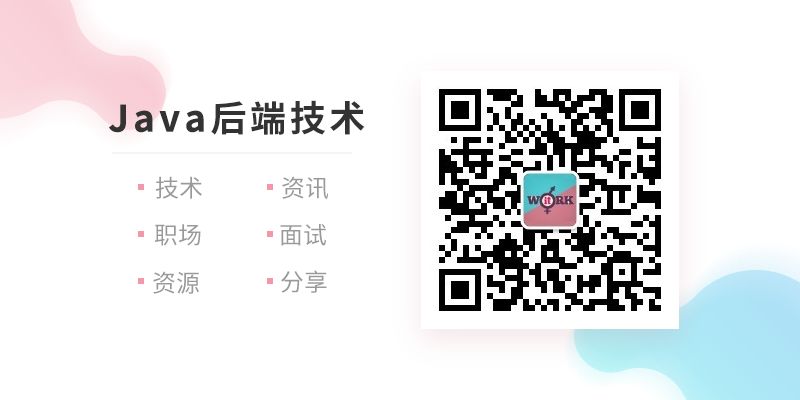1. Introduction
As application layer developers, the network protocol we most often encounter is typically the transport layer’s TCP (another important protocol at this layer is UDP). However, when it comes to the IP protocol, application programmers are more familiar with the concept of an IP address, and it becomes difficult to delve deeper.
This article will briefly recount the past of the TCP/IP protocol, introduce the relationship within the TCP/IP protocol suite, and share with everyone an intuitive view of how the TCP/IP protocol suite constructs the connection between the virtual network and the real world.
2. Introduction to TCP/IP Protocol
The Internet Protocol Suite (IPS) is a network communication model and a family of network transmission protocols that form the fundamental communication architecture of the internet. It is commonly referred to as the TCP/IP protocol suite (or TCP/IP protocols), abbreviated as TCP/IP. This protocol family is primarily based on its two core protocols, TCP (Transmission Control Protocol) and IP (Internet Protocol), which were the first standards to be established.
For application layer developers, the most frequently encountered network protocol is usually TCP. This is because the application layer protocols above, such as HTTP, HTTPS, POP3, SMTP, RPC, FTP, and TELNET, are all based on the TCP transport layer protocol. However, for the IP protocol, application programmers are more familiar with the IP address, while in reality, the IP protocol is located at the network layer below TCP, making it difficult for application layer programmers to engage directly.
The following diagram directly reflects the relationship within the TCP/IP protocol suite:
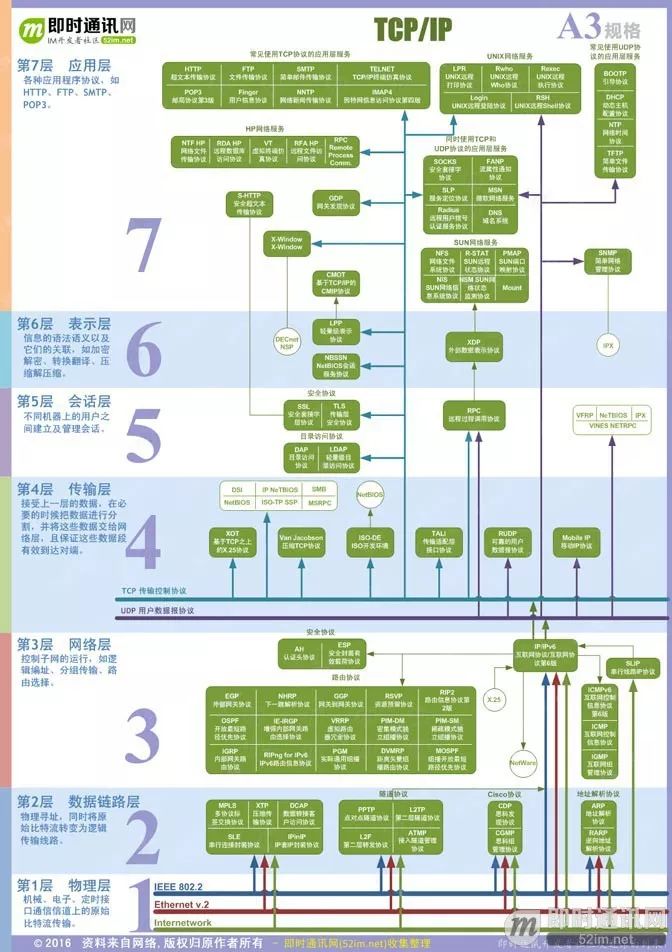
3. The Fathers of TCP/IP Protocol
Wikipedia introduces Robert Kahn:
Commonly known as Bob Kahn, he was born in Brooklyn, New York City, and invented the TCP protocol. Together with Vinton Cerf, he invented the IP protocol; these two protocols became the foundation of the internet.
Wikipedia introduces Vinton Cerf:
Vinton Gray Cerf (born June 23, 1943), commonly known as Vint Cerf, was born in New Haven, Connecticut, and is a computer scientist known as one of the co-designers of the TCP/IP protocol and the internet infrastructure, earning him the title of “Father of the Internet” alongside Robert Kahn.
Vinton Cerf’s biography:
Born in 1943, he developed a love for math and science during his childhood and received a Bachelor’s degree in Mathematics from Stanford University in 1965.
He worked at IBM and in 1967, he enrolled in the graduate school of the University of California, where he obtained a Ph.D. in Computer Science.
From 1972 to 1976, he taught at Stanford University, during which he and Robert Kahn led the research group developing the TCP/IP protocol.
In December 1997, he received the National Medal of Technology from the United States.
He is currently the chairman of ICANN (Internet Corporation for Assigned Names and Numbers) and serves as a senior vice president of technology strategy at MCI.
President Bush awarded the medal to Robert Kahn (center) and Vint Cerf (left):
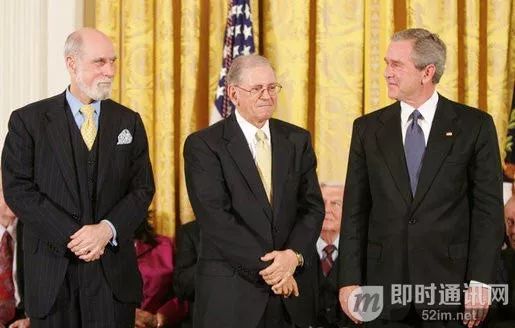
In December 1997, President Bush awarded both Robert Kahn and Vint Cerf the National Medal of Technology for their contributions to the establishment and development of the internet.
Robert Kahn (left) and Vint Cerf (right) during an interview:
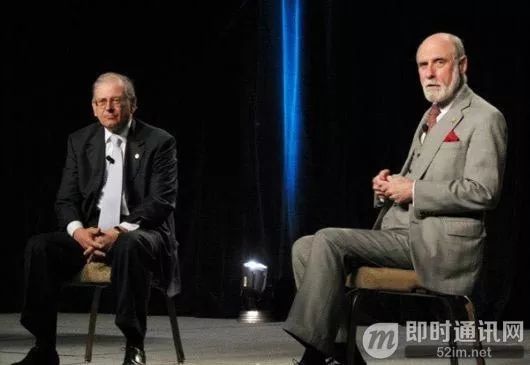
4. Witnessing the Birth of the Internet
On August 30, 1969, the first “Interface Message Processor” (IMP1) manufactured by BBN arrived at UCLA two days ahead of schedule. Professor Leonard Kleinrock from the UCLA Computer Science Department, a renowned internet pioneer, along with over 40 engineers and graduate students, conducted its installation and debugging. By early October, the second IMP2 arrived at the second node of the ARPANET trial at Stanford Research Institute (SRI).
After more than a year of intense research by hundreds of people, the ARPANET remote networking experiment was about to officially commence.
Shortly thereafter, in November 1969, the third IMP3 arrived at the third node of the ARPANET at the University of California, Santa Barbara (UCSB); in December 1969, the last IMP4 for the experiment was successfully installed at the fourth node of the ARPANET at the University of Utah, essentially realizing the design blueprint laid out by Roberts. Thus, the four-node ARPANET officially went into operation, marking humanity’s entry into the network era.
BBN programming team group photo:
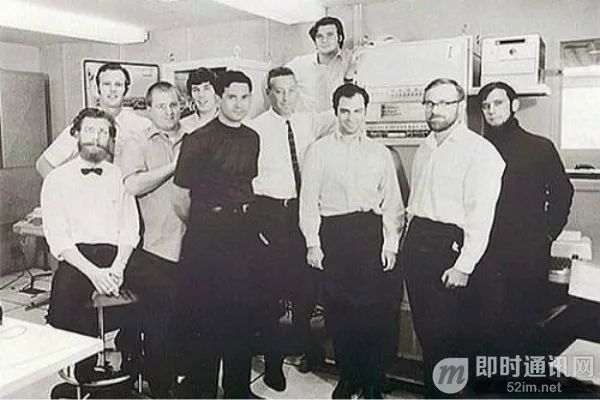
Work log witnessing the first internet connection experiment:
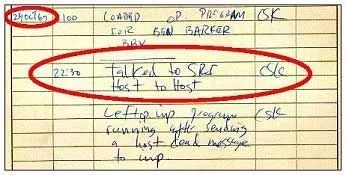
Scene of the connection between IMP1 and the Sigma-7 host:
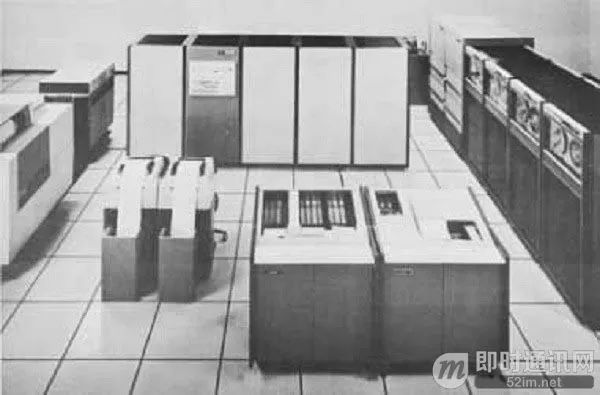
5. TCP/IP Turns the Network into a Real “Internet”
1. Early Networks Were Not Practical
Connecting two computers was just a small step towards building the internet. People quickly realized that if they wanted to connect more different types of computers through various specifications of networks and allow them to share content, a more advanced technology had to be invented.
Modern users, who skillfully operate smartphones and use wireless signals for video calls, might find it hard to believe the chaotic state of the internet’s early inventions. After the ARPANET was launched, the US military quickly adopted this technology, but as more computers connected to the network, it became increasingly difficult for sending computers to locate target computers within the vast network. Furthermore, the initial networks lacked error correction functions, and any errors during data transmission could cause the network to stop functioning. The increasing number of malfunctioning computers significantly reduced network efficiency.
2. The Birth of TCP/IP Protocol
The now-famous scientists and inventors of the TCP/IP protocol—Robert Kahn and Vinton Cerf—began their important work during this time. They are perhaps the most well-known among the group of scientists who hold the title of “Fathers of the Internet.” They have both received the “Nobel Prize of Computer Science”—the Turing Award, and Cerf has served as Google’s Vice President and Chief Internet Evangelist.
The two scientists first focused on assigning each computer a unique, definitive address, much like a residential address, allowing delivery personnel to accurately deliver packages—this is IP. TCP, on the other hand, supervises the transmission process and sends a signal to request retransmission upon encountering any issues, ensuring that all data is safely and accurately delivered to its destination. This concept directly led to the emergence of a new device—router.
Introduced in 1973 and continuously improved, the TCP/IP protocol remains the guarantee for the stable operation of the global internet today. This technology ensures that the reliability of information transmission is fully guaranteed by the host devices, regardless of the material and form of the network hardware connecting these hosts. It has been said that TCP/IP technology could eventually operate on “two cans and a string” and could even be replaced by carrier pigeons.
In 1974, people witnessed the success of the TCP/IP protocol. During this experiment, scientists repeatedly transmitted data packets between satellite networks and land cables, spanning computer systems across Europe and the United States, covering a distance of 94,000 kilometers without losing a single data bit. That same year, the US government unconditionally released the core technology of the TCP/IP protocol, sparking a global wave of internet development.
3. Hypothesis: If TCP/IP Had Been Patented, Would Gates Still Be the Richest Man?
“Over a billion people around the world are using the internet,” said Vinton Cerf. “Frankly, we did not expect this technology to be so widely used when we researched TCP/IP over thirty years ago.”
TCP/IP inventor Vinton Cerf:
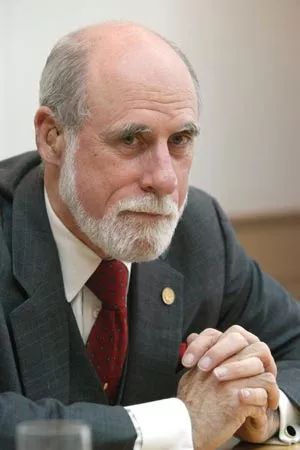
“From a practical perspective, applying for a patent is not feasible. If new technology is not free and open, people will move away from us,” Cerf insisted that one of the reasons for the internet’s success today is that he and Robert Kahn did not apply for a patent and treated TCP/IP as a public property.
In 1973, when Vinton Cerf and Robert Kahn were designing the internet, they made an important decision to ensure that communication between computers would be open and transparent; in 1975, when they began laying out the internet, they unanimously decided to contribute this gift to the people, allowing everyone to share freely.
6. The Internet Today
Today, the TCP/IP protocol has taken the internet further than ever, and it is not an exaggeration to say that without this “web,” the world would not have become what it is in the 21st century. The “web” exists in a virtual world that is invisible and intangible. Have you ever thought about what the connecting internet looks like? Let’s take a look.
It looks something like this (an internet map drawn by the Opte Project team); click here to view the original image and description.
1. The Internet in 2003
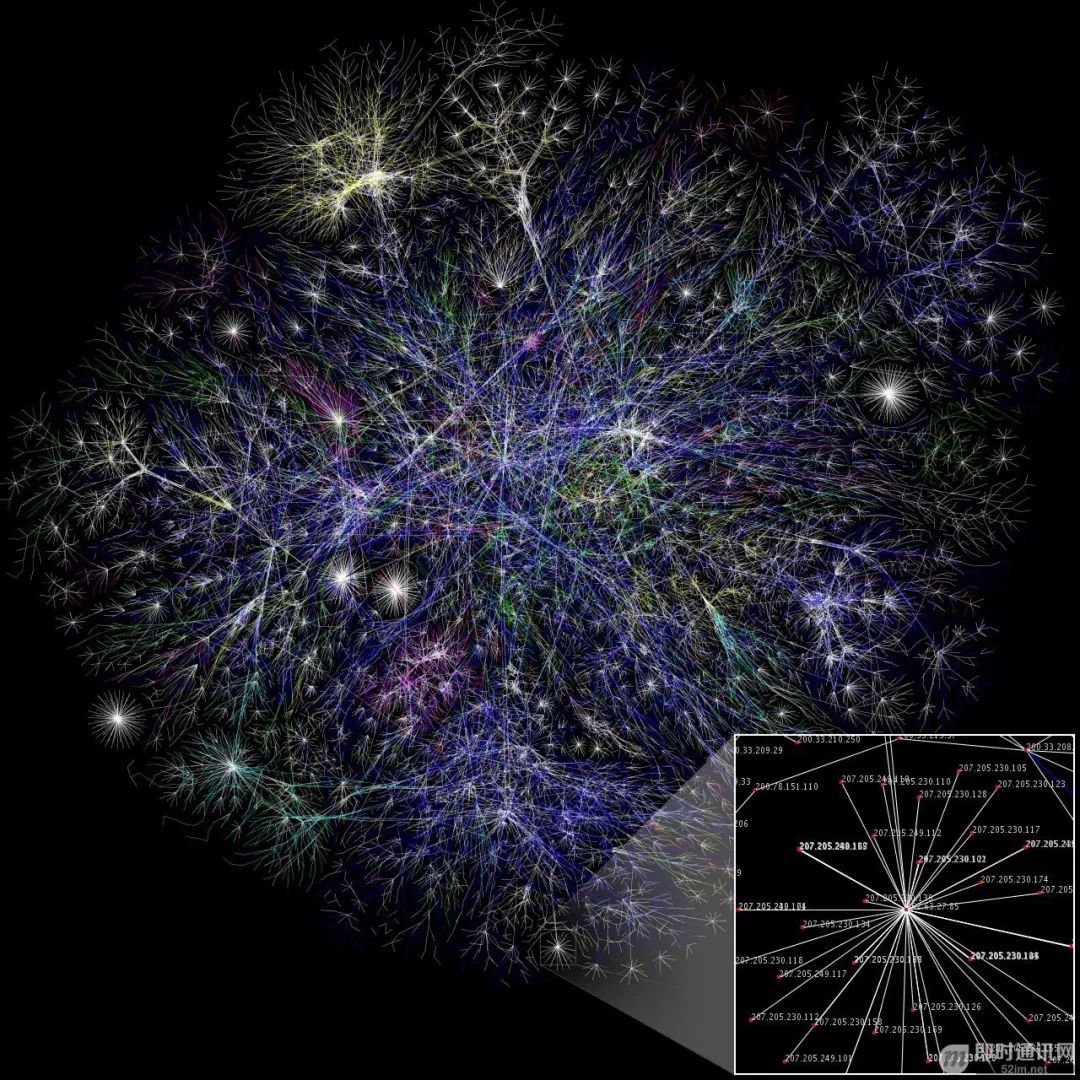 2. The Internet in 2010
2. The Internet in 2010
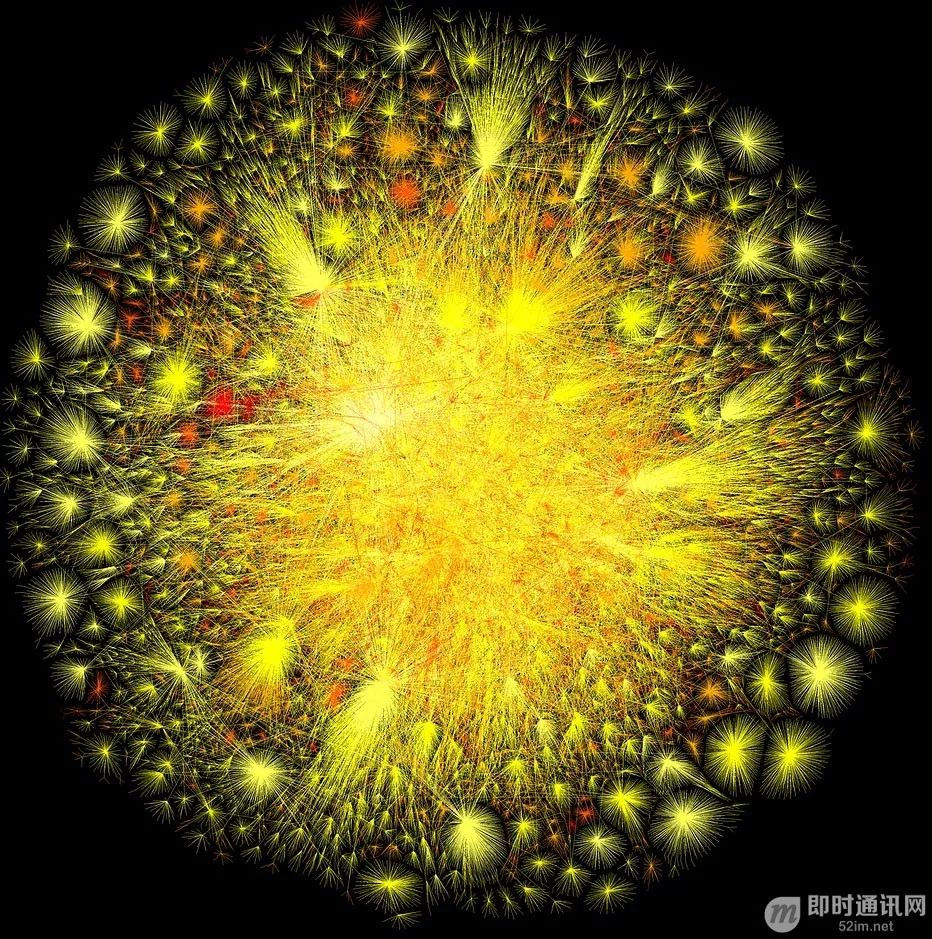
3. The Internet in 2015
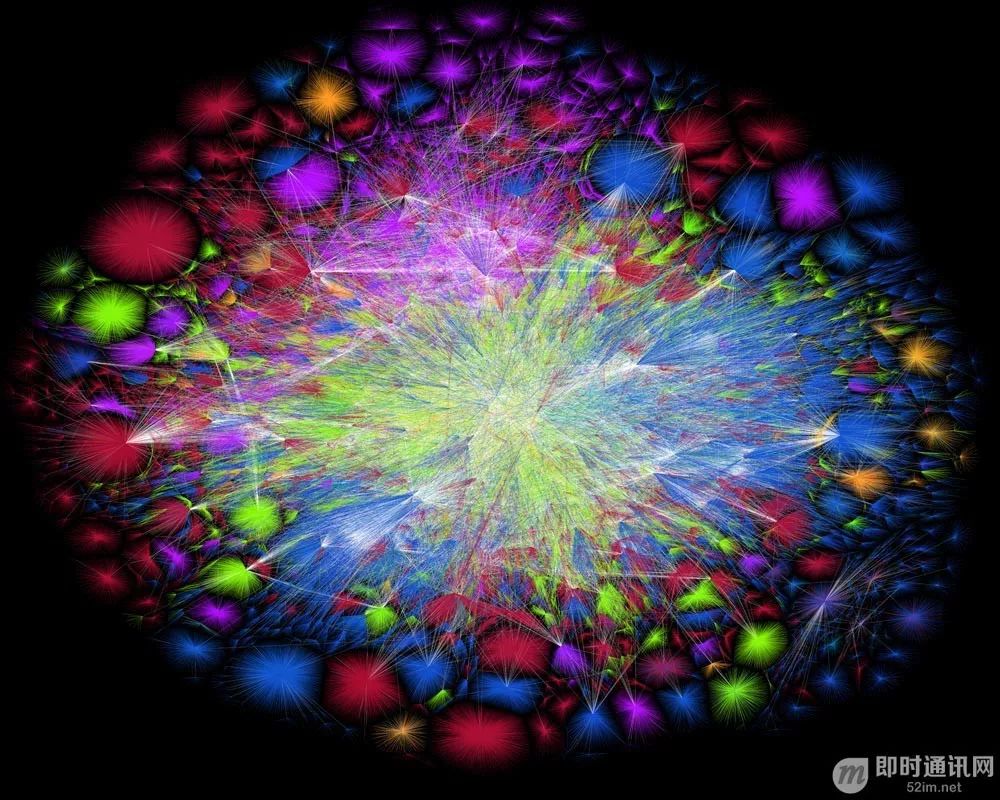
The above images were drawn based on the real routing nodes of the global internet. The specific process is shown in the image below:
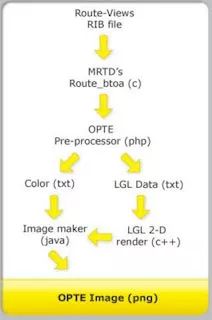
7. How TCP/IP Shortens the Distance Between People on Earth
The answer lies in the communication cables laid under the sea between countries. Let’s take a look at the “connections” between countries through submarine cables as of 2015.
2015 Global Internet Submarine Communication Cable Connection Map:
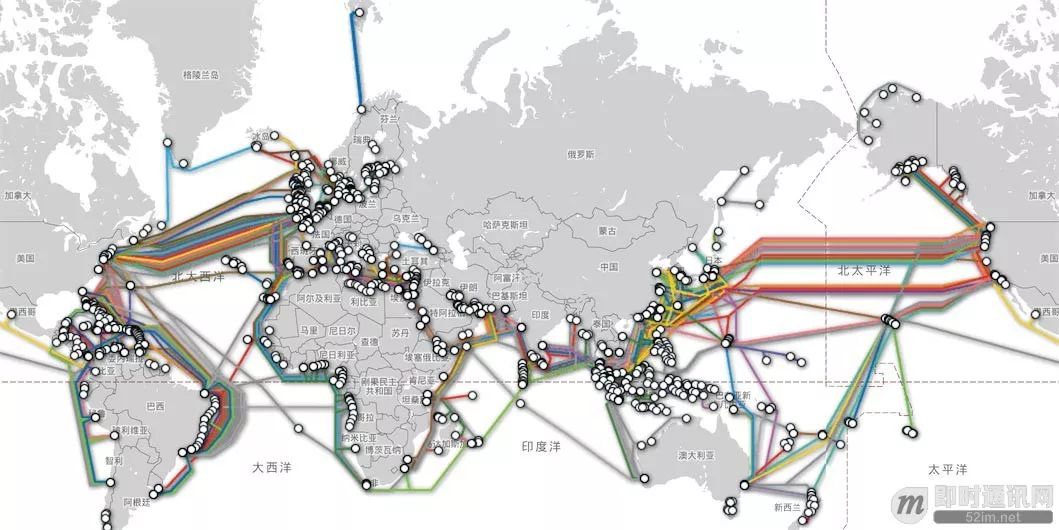
2015 Global Internet Submarine Communication Cable Connection Map (China section enlarged):
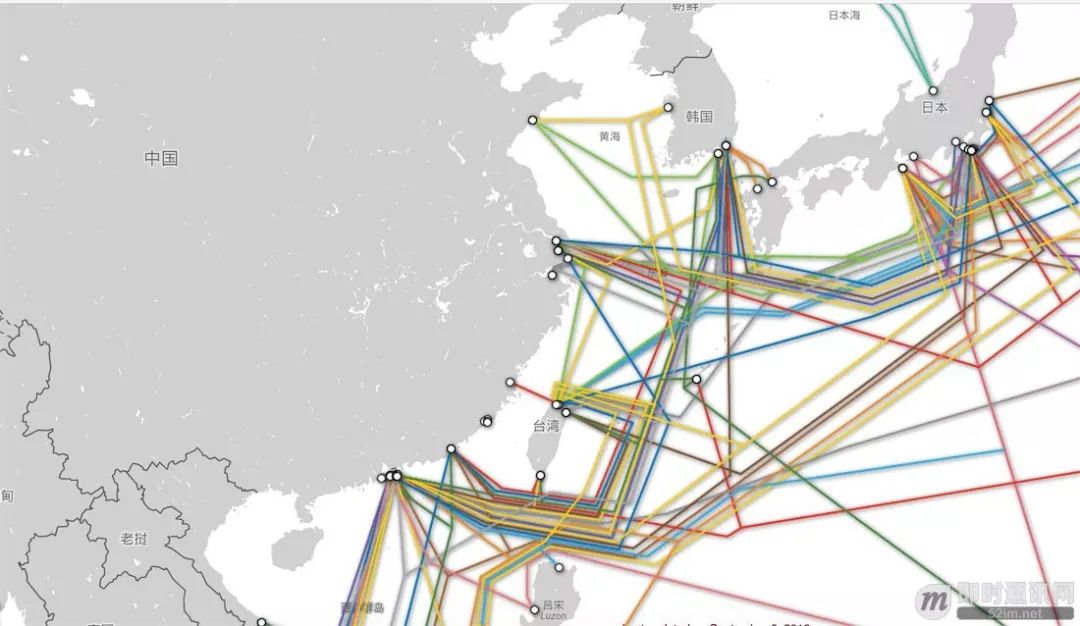
Supplement: In this image, it can be seen that China has relatively few international submarine cables, making it understandable that there is such a significant delay in connecting to foreign websites.
A more impressive global internet submarine communication cable connection map (2015 version):
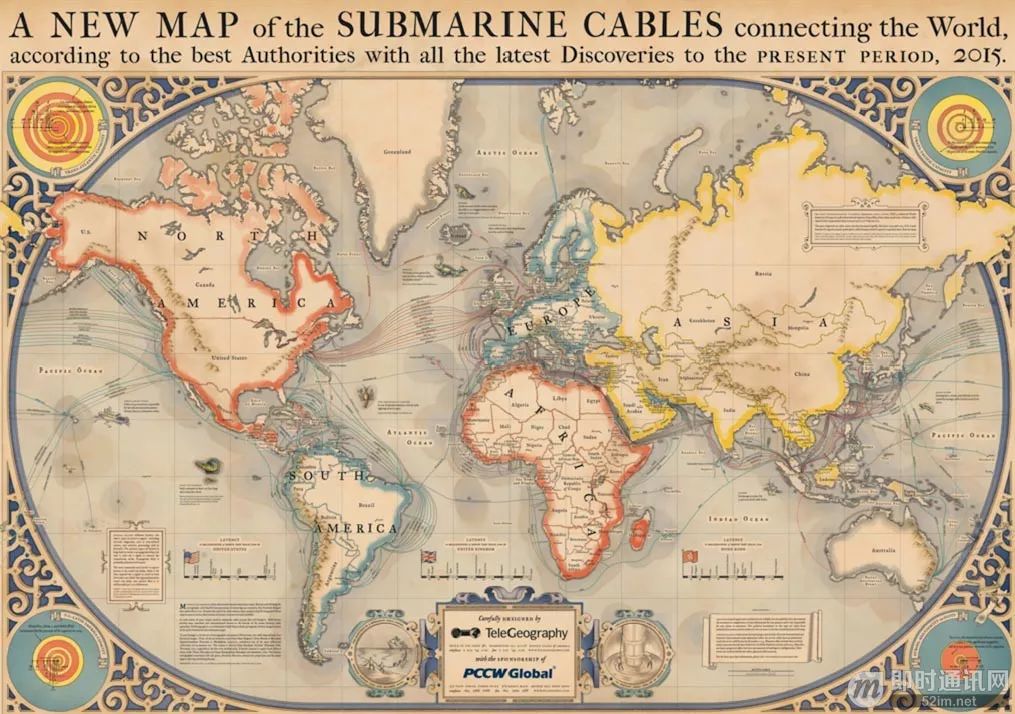
Well, if I were Ma Huateng, I would create a similar QQ and WeChat connection map, and I would feel an achievement akin to Napoleon conquering Europe…
8. TCP/IP Redefines the Units of Distance Between Countries and People
In the world of the internet, the distance between networks can be measured by “network latency” (usually measured in milliseconds). From a real-world perspective, it is the power of the TCP/IP protocol that has redefined the units of distance between countries and between people, making “connections” feel without distance.
You might be curious about the latency of our communications with the major countries in the world. Let’s take a look at the following images.
Latency diagram from Hong Kong to major world nodes:
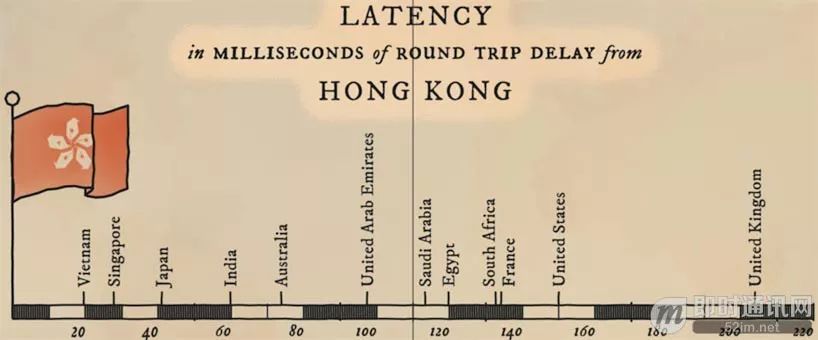
Note: The latency from Hong Kong to the United States is approximately 150ms, and to the UK exceeds 200ms.
Latency diagram from the UK to major world nodes:
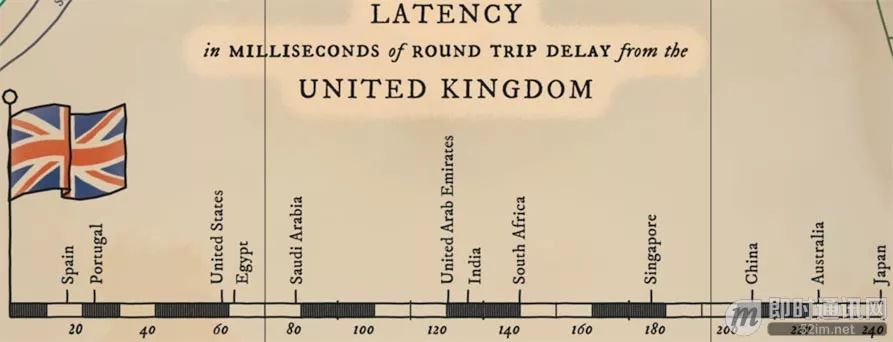
Note: The latency from the UK to China is approximately 200ms.
Latency diagram from the US to major world nodes:
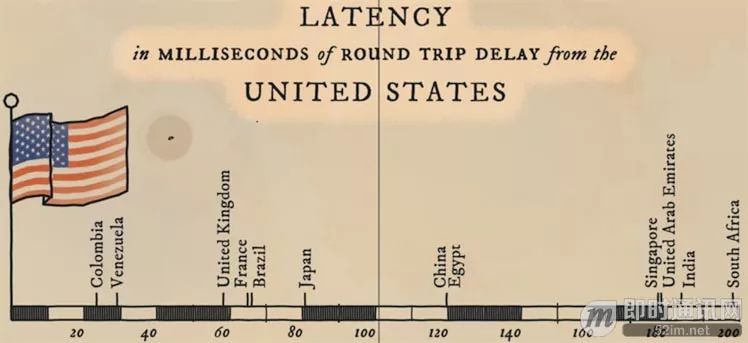
Original Author: Jack Jiang
Original Address: http://www.52im.net/thread-520-1-1.html
Click the image for more recommended content
↓↓↓

This article will guide you through understanding Tomcat’s server configuration!

[Interview Question] The most comprehensive Java interview guide for 2018!

Step by step, learn what an ID generator is, why, and how to create one!

How to participate in excellent open-source projects worldwide?
